The Pathways to Work Green Paper announced a range of welfare measures, some of which we have not incorporated in this forecast. In this box, we explained why some measures were not included, and indicated what risks they pose to our welfare spending and labour supply forecasts.
In this forecast we have incorporated the direct fiscal impacts of several welfare policies recently announced in the Pathways to Work Green Paper published on 18 March, as set out in paragraphs 3.10 to 3.27.a The Green Paper includes some additional measures that we have not incorporated into this forecast because policy parameters were not sufficiently specified or because significant aspects of the measures would be the subject of consultation, which is consistent with our standard approach to policy costings. We will incorporate an estimate of the costs of these policies in a future forecast once the final details have been confirmed.
The most significant policy that has not been costed at this forecast is the stated intention to remove work capability assessments (WCA). Under this proposal, eligibility for the universal credit (UC) health element would be decided through the personal independence payment (PIP) assessment. Several key policy details are still outstanding on the proposal. This includes how entitlement will be decided for the stock currently in receipt of the UC health element but not PIP, how UC conditionality will operate, and how entitlement for the UC health element will be decided in Scotland where working-age disability benefits are devolved. We would expect this policy to have a material fiscal impact on incapacity and disability benefit spending, but potentially also to affect the costings of some of the measures included at this event.
Several other policy ambitions announced in the Green Paper could affect the costings of the changes to the PIP gateway and the UC health element. The Government has said that it intends to fully review the PIP assessment which could potentially lead to a wider reshaping of eligibility, and also that it will increase face-to-face PIP assessments which could affect both approval rates at assessment and assessment capacity. The Government has also said it will consult on what support those who lose PIP due to the tightened qualifying criteria should receive. The proposed additional premium for new UC health element recipients after April 2026 will reduce the savings from the reduced UC health element generosity measure in this forecast, but the value of the premium and eligibility criteria have not yet been set.
Labour supply impact of Spring Statement welfare and employment support measures
We have not made a comprehensive assessment of the labour supply impacts of those elements of the Green Paper that we have incorporated into the fiscal forecast. The individual measures’ labour market impacts are complex to assess and would have interacting effects. The Government did not provide us with a comprehensive and robust analysis of these potential effects, and we were not, in the very limited time available, able to develop our own analysis of their net impact on labour supply. In addition, some of the wider Green Paper reforms set out above, which are not included in the fiscal forecast, could also have labour market implications. We will make a full assessment of the Green Paper policies’ effects ahead of our next forecast, following engagement with government analysts and external experts. So far, we judge that their effects fall into three groups:
- The increase in the generosity of the universal credit standard allowance poses a downside risk to labour supply. Higher incomes for recipients are likely to lower financial incentives to enter or remain in employment, and, for some individuals, becoming subject to the UC taper may decrease the incentive to work extra hours. We expect to apply our standard labour supply elasticities when we are able to incorporate this into the forecast.b
- The larger reductions in the generosity of and eligibility for health and disability benefits would be expected to reduce income and so increase work incentives for existing claimants.c However, PIP can be received both in and out of work, lowering the effect of changes in its eligibility on work incentives. Members of the limited capability for work and work-related activity (LCWRA) group and individuals in receipt of disability benefits also generally have restricted capacity to work and may have been out of the labour market for some time. Our standard labour supply elasticities will therefore provide a less useful starting point than we anticipate will be the case for the standard allowance changes.
- The £1 billion in funding for employment support by 2029-30 – which will provide new or additional forms of support to individuals with health problems (such as the LCWRA group) via work coaches or intensive employment support, with the aim of facilitating their entrance into the labour force – could raise labour supply. Here, the policy details that we would require to assess the effectiveness of these plans have not yet been specified sufficiently clearly. Once they have been finalised, we might draw on relevant evidence from previous DWP interventions to estimate the potential labour supply effects.d
The only welfare policy in this Spring Statement whose effects have been incorporated into our employment forecast at this event is therefore the reversal of the previous Government’s November 2023 policy to change elements of the WCA criteria. We have taken the equivalent increase in employment out of the forecast, which reduces employment by 16,000 (and labour supply by 8,000 in average-hours-equivalent terms) in 2029-30.
This box was originally published in Economic and fiscal outlook – March 2025

